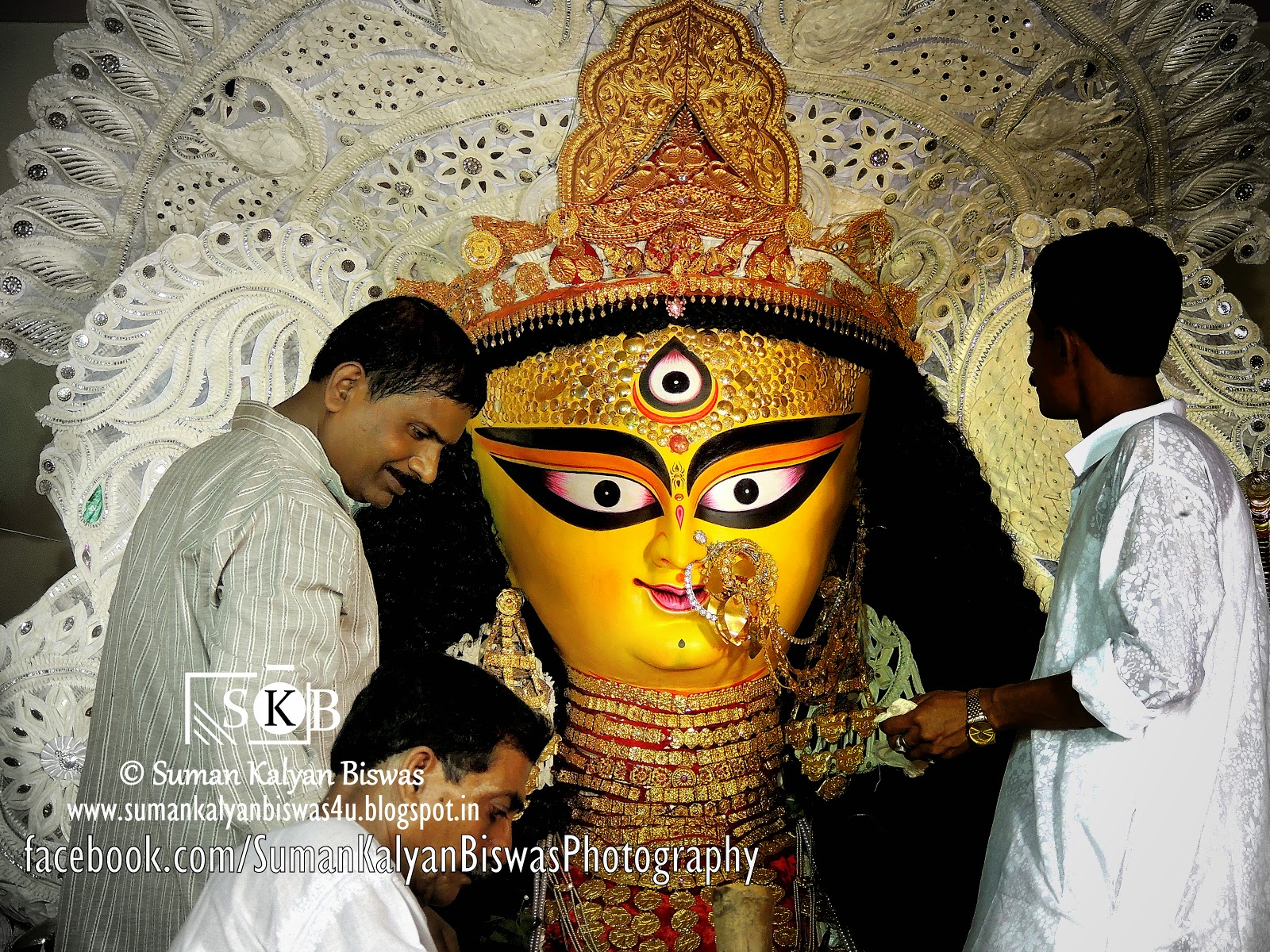Birds are found on every continent of the world. Birds of
different types can live in freezing cold environments, and others can live in
hot deserts. Birds live in forests, in grasslands, on cliff faces, in river
banks, on stony sea shores, down mine shafts and in the roofs of houses.Birds are a class of vertebrates & they live in the moment. All
they do is revel in rushing air and vertical surfaces, trees that swoop up
towards them, hot sun warming their hollow bones..
They feel the thrill of free flight and all that .They are warm-blooded and lay eggs. Birds are bipedal: they have two legs which are often
covered with scales (small, flat plates which over-lap in the same way as
feathers). They have a hard beak with no teeth. Their
bodies are covered with feathers and they have wings. Feathers have three
functions: flight, temperature regulation and display. Most birds have hollow
main bones with air sacs in them. This makes them lighter and makes flight
easier. birds
keep a high body temperature, they use lots of energy. So, they need to eat a
lot of food compared with their weight. Different types of birds eat different foods Most birds are
carnivorous meaning that they eat flesh, at least some of the time. Many birds
live on insects or on fish. Some eat small reptiles and mice. Birds of prey eat
mammals and other birds. Some birds are scavengers and eat the bodies of creatures
that have died. Many birds such as parrots and finches live on seeds and fruit.
Some birds that eat mainly seeds feed their young on insects. A few types of
birds eat green plants, but only one species lives on leaves. Hummingbirds and
Honeyeaters live on the nectar or honey in flowers.Birds
come in many sizes from the Bee Hummingbird that is only 60 mm long to the
ostrich which stands 2.5 metres high. Some birds do not fly.
These include running birds like ostriches and emus and ocean-living birds, the large penguin family.
Once the birds have found partners, they find a suitable place to lay eggs. The idea of what is a suitable place differs between species, but most build bird nests. When the nest has been prepared, the birds mate so that the eggs are fertilised and the chicks will start growing. Unlike mammals, birds only have one opening as the exit hole for body fluids, and for reproduction. The opening is called the cloaca. A female bird, called a hen, has two ovaries, of which the left one usually produces eggs.Once the hen has mated, she produces fertile eggs which have chicks growing inside them. She lays the eggs in the nest. After the eggs are laid, they are incubated, or kept warm so the chicks form inside. Most birds stay together for the whole nesting season, and one advantage is that the work is shared. Many birds take turns sitting on the eggs, so that each adult can feed.
All birds make sounds to communicate. The types of noises that they make are different. All birds have cries which are the sounds to communicate. Some birds can also sing. These birds are called songbirds. Some songbirds are robins, larks, canaries, thrushes, nightingales and crows. Birds that are not songbirds are pigeons, seagulls, eagles, owls and ducks. Parrots are not songbirds, even though they can be taught to sing human songs.
Some birds are eaten as food. Most usually it is the chicken and its eggs, but people often also eat geese, pheasants, turkeys and ducks.
Here are few common birds those came in front of my eyes & I made no mistake to caught them through my lens to share with you.
 |
| House Sparrow (Passer domesticus) |
 |
House Sparrow (Passer domesticus)
|
 |
| House Sparrow (Passer domesticus) |
 |
| House Crow (Corvus splendens) |
 |
| Common Tailorbird (Orthotommus sutoriu) |
 |
| Common Tailorbird (Orthotommus sutoriu) |
 |
| Common Myna (Acridotheres tristis) |
 |
| Common Kingfisher (Alcedo atthis) |
 |
| Jungle Babbler ( Turdoides striatus ) |
 |
| White Stork |
 |
| Common Snipe [ Gallinago Sp.] |
 |
| Indian Pond Heron [Andeola Sp.] |
 |
| Spotted Dove (Streptopelia chinesis) |
 |
Dove
|
 |
| Sky is the Limit. |
 |
| Red - Whiskered Bulbul (Pycnonotus jocosus) |
 |
| a Red - Whiskered Bulbul taking liquid food |
for more visit -->
© Suman Kalyan Biswas . All Rights Reserved. Copying / Publishing any of the artworks in any form without prior written permission of the artist is a legal offense.




















Comments
Post a Comment